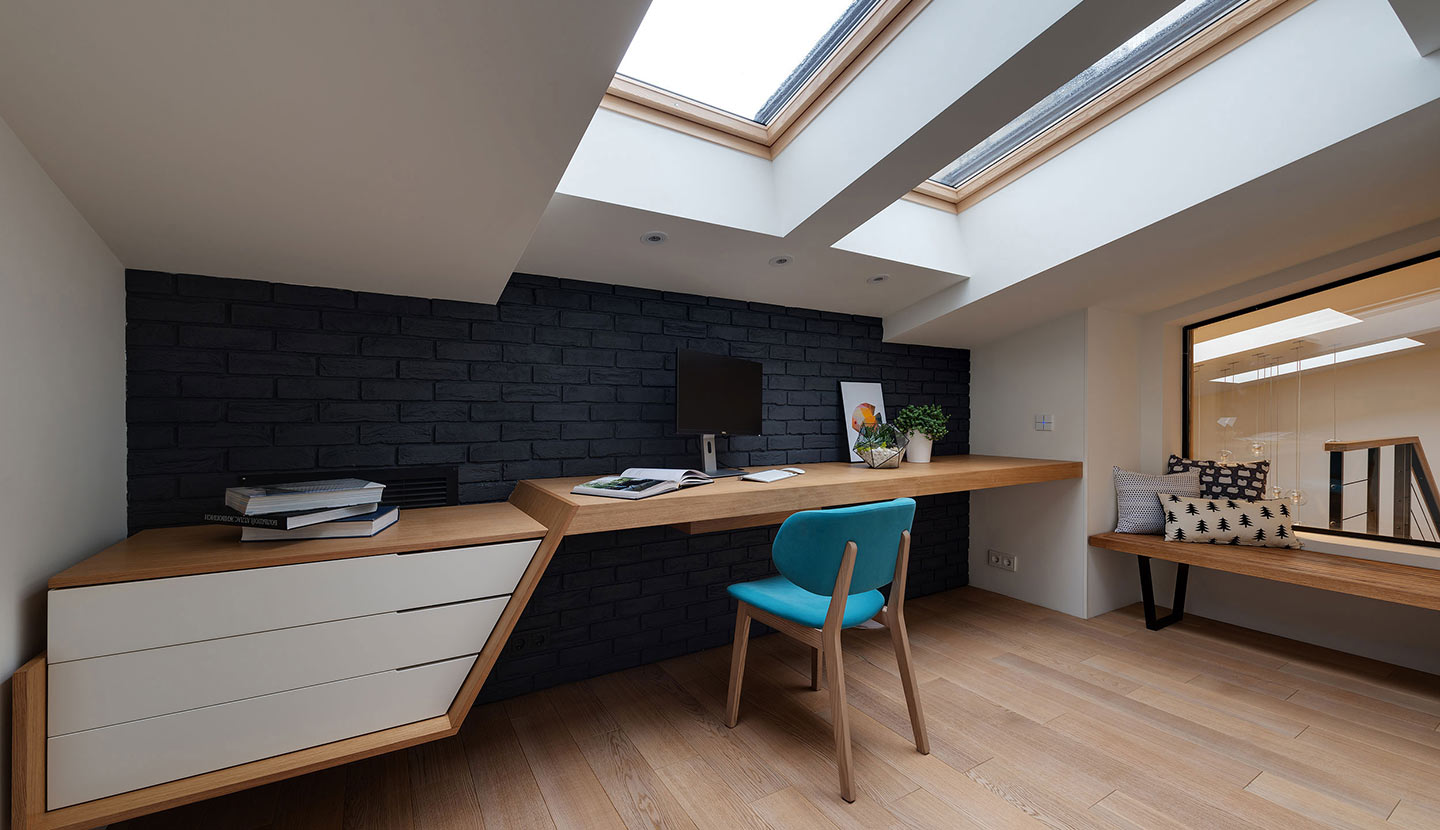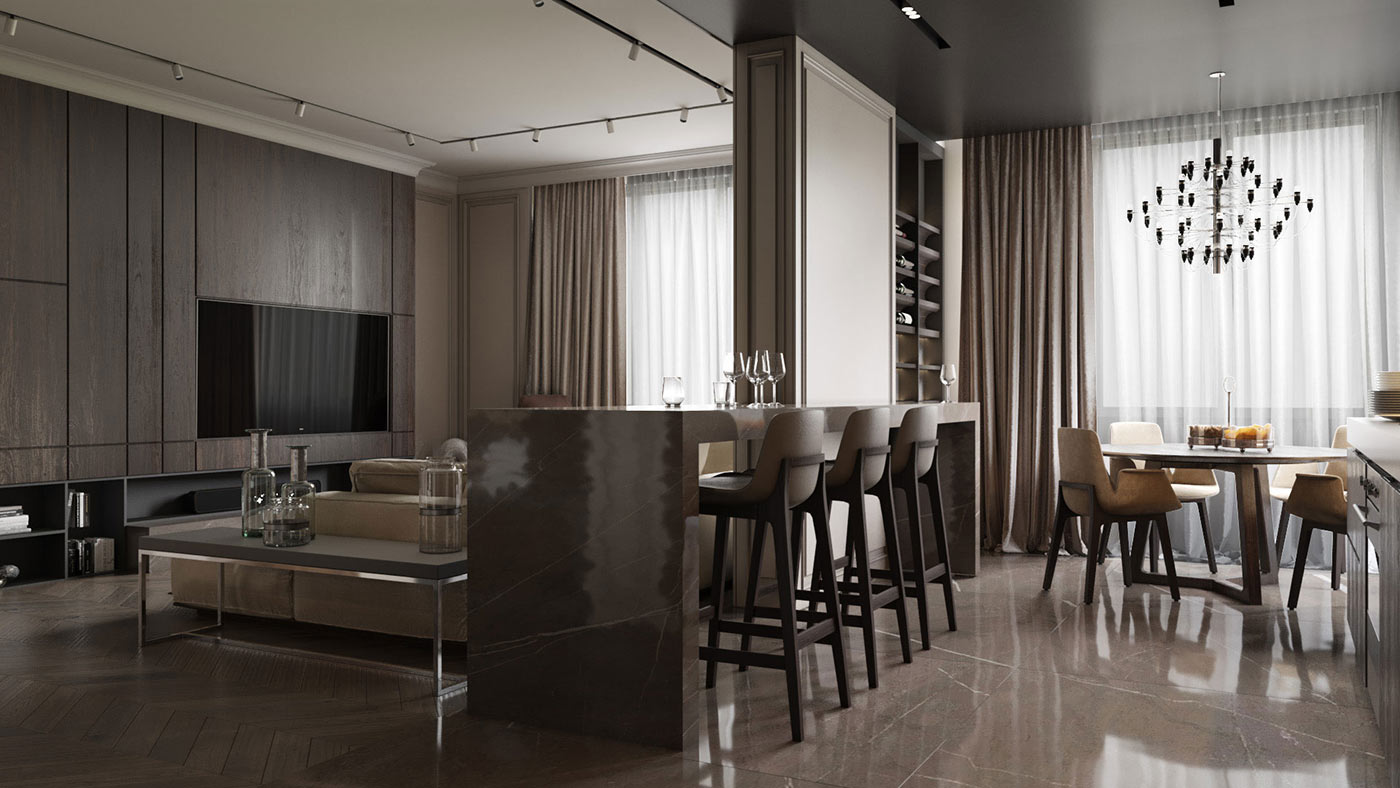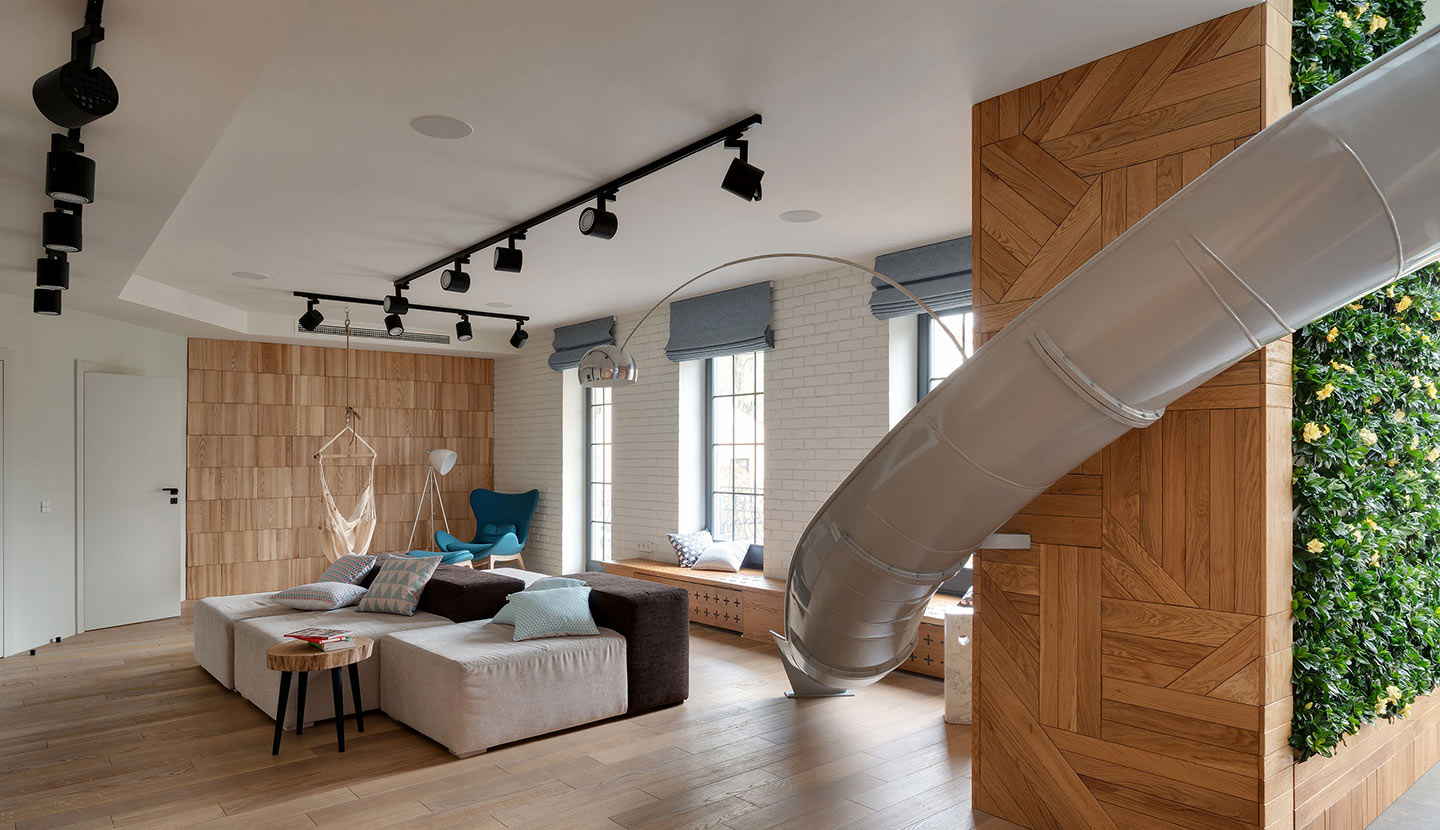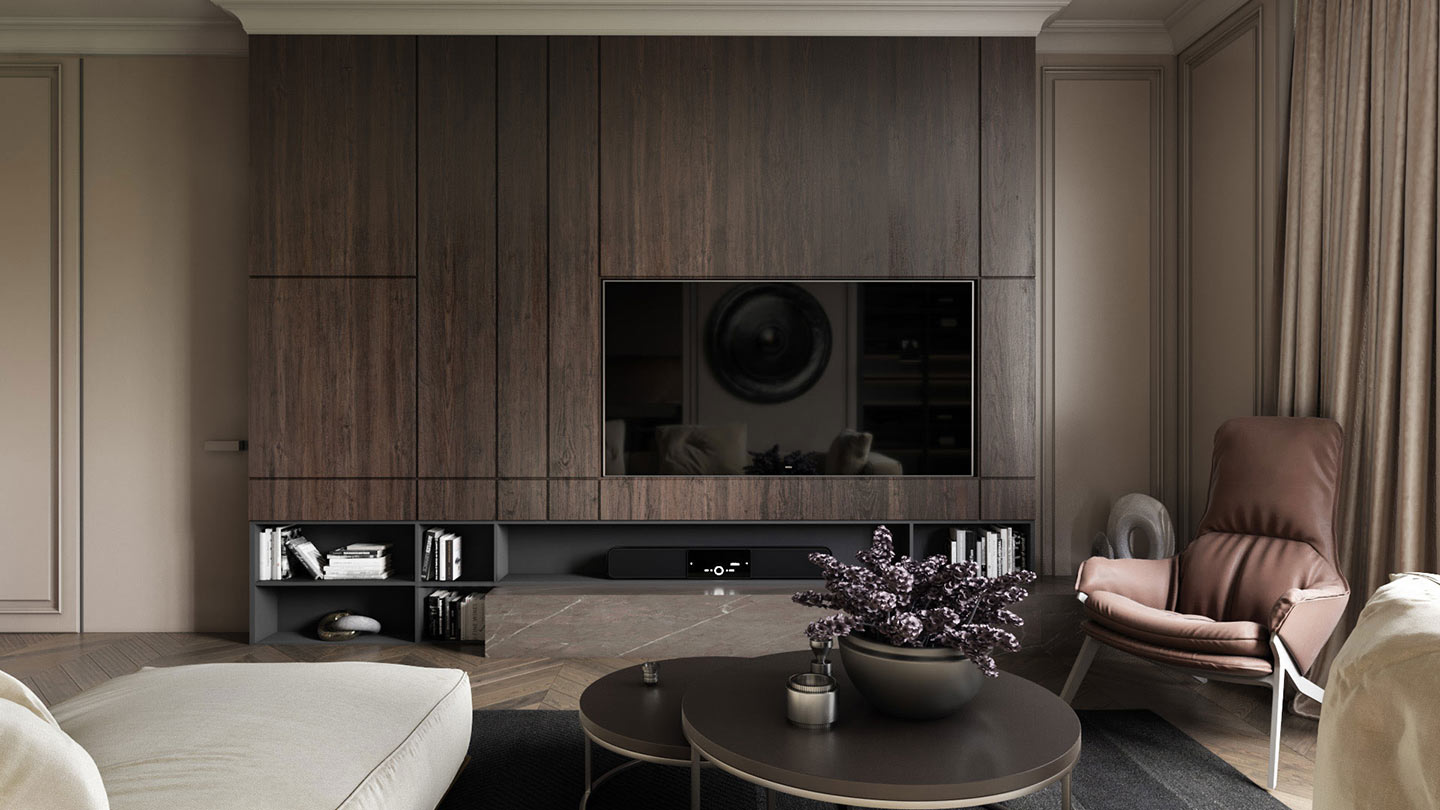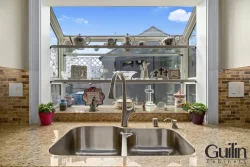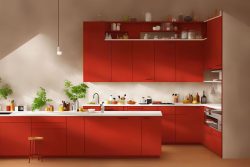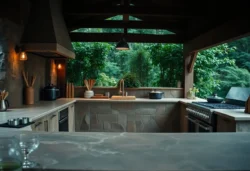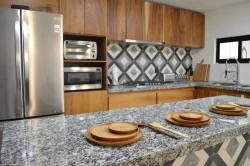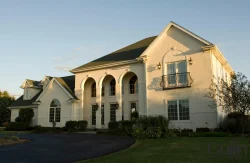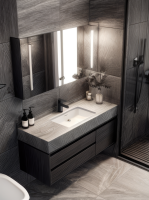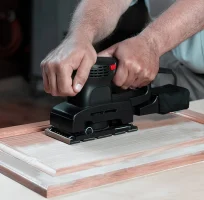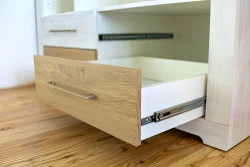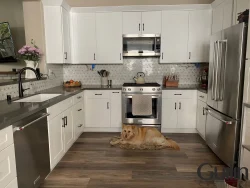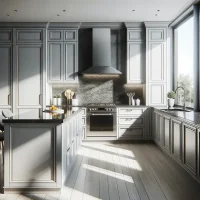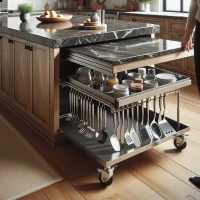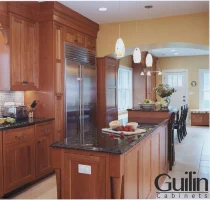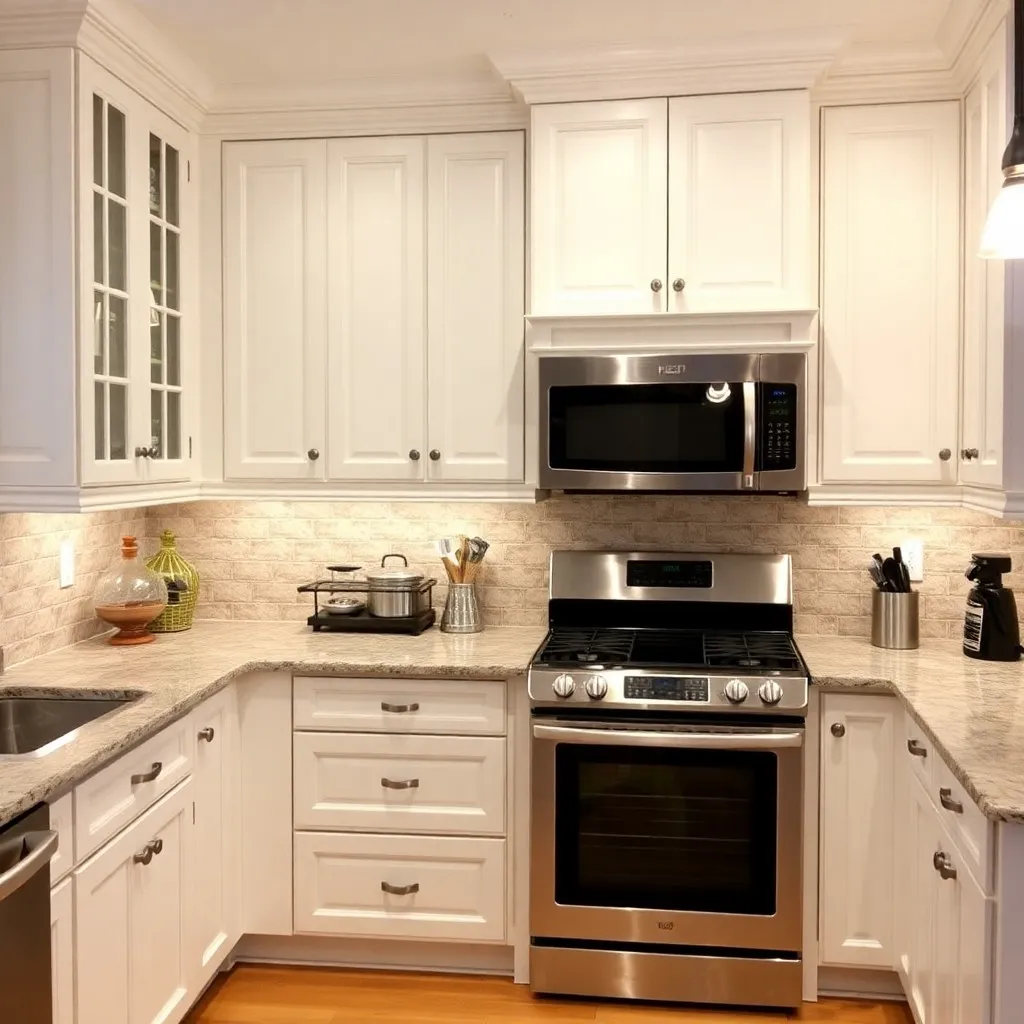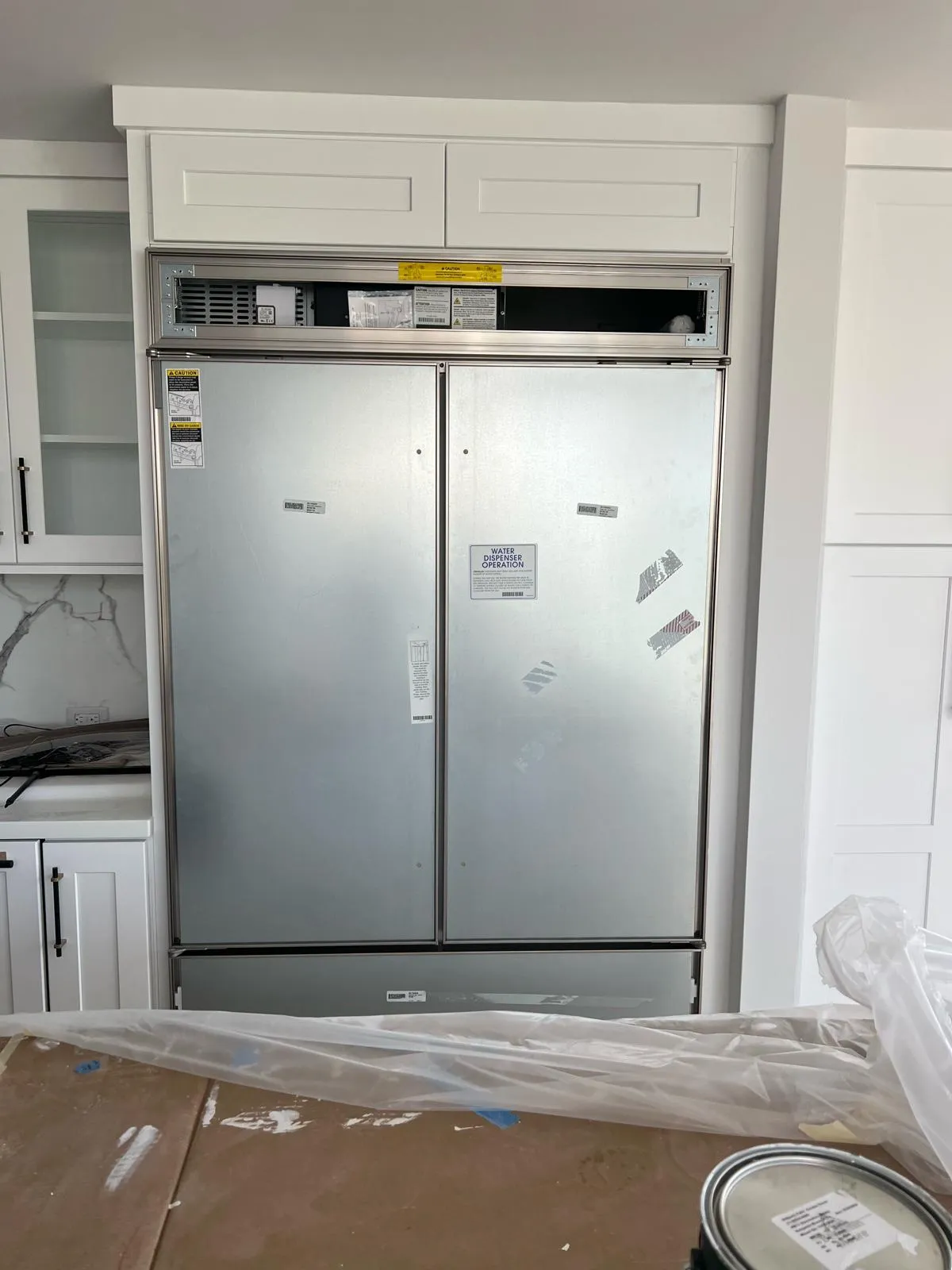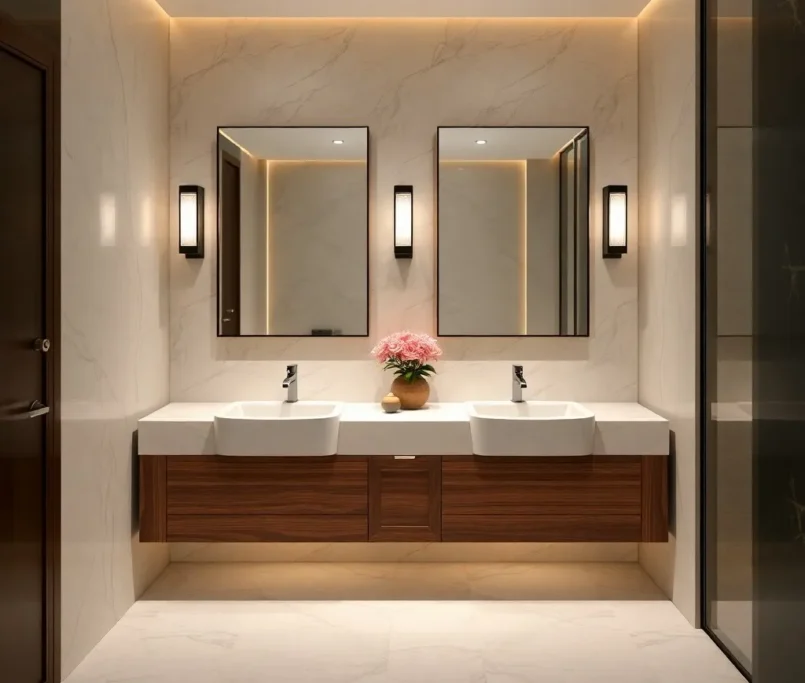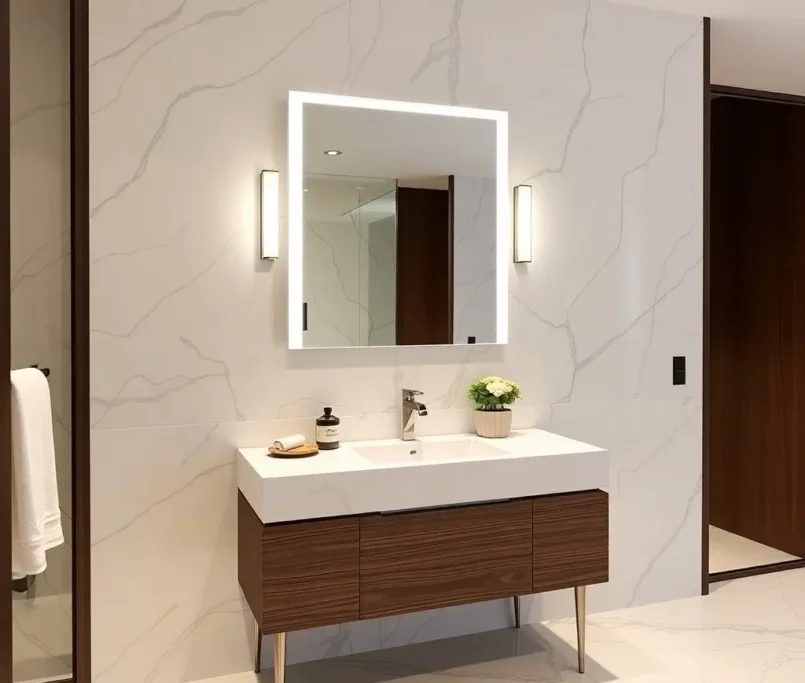Collapse can happen unexpectedly if you ignore the signs your cabinets are in danger. You can protect yourself and your home by being vigilant about any warning signs, from tilting doors to hidden drywall dust. Knowing these warning signs will empower you to take action before it’s too late. In this post, you will discover the top seven indicators that your cabinets need immediate attention, along with important tips to address the issues and ensure your kitchen remains safe and functional.
7 Warning Signs Your Cabinets Are In Danger Of Collapsing
Warning Sign 1: Visible Tilting or Leaning
Clearly, one of the most alarming signs that your cabinets are at risk of collapsing is visible tilting or leaning away from the wall. This not only compromises the integrity of your cabinets but also poses a significant safety hazard in your kitchen. If you observe any tilt, it’s vital to address the issue promptly to prevent further damage or injury.
Assessing Cabinet Alignment
Against a straight edge or level, you can easily check the alignment of your cabinets. Place a level across the top of the cabinet doors; if you see any gaps or the bubble is not centered, it indicates misalignment. Regular checks can help you identify potential problems before they become severe.
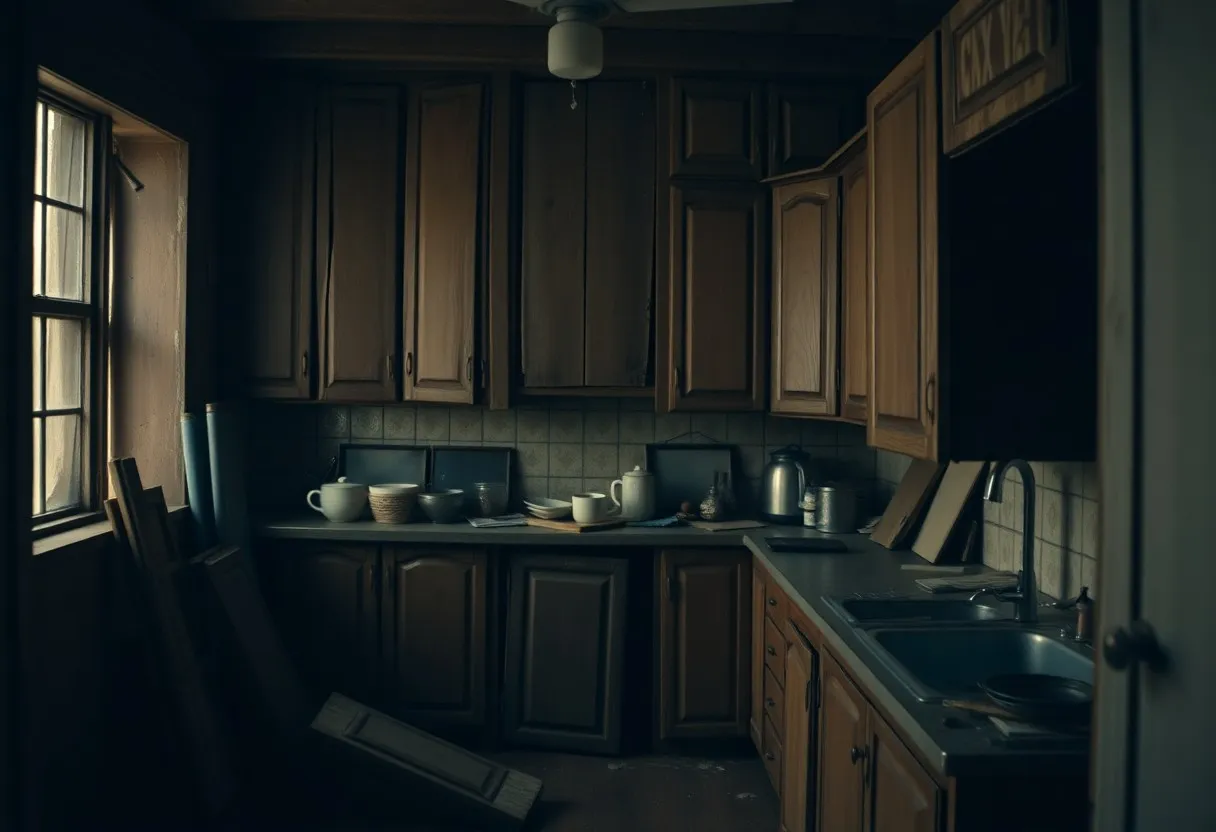
Causes of Cabinet Tilting
Between improper installation and excess weight, several factors can lead to cabinet tilting. When cabinets are not securely anchored to the wall studs or when they carry a heavy load without proper support, they can begin to lean over time. If you notice this sign, it’s vital to investigate further.
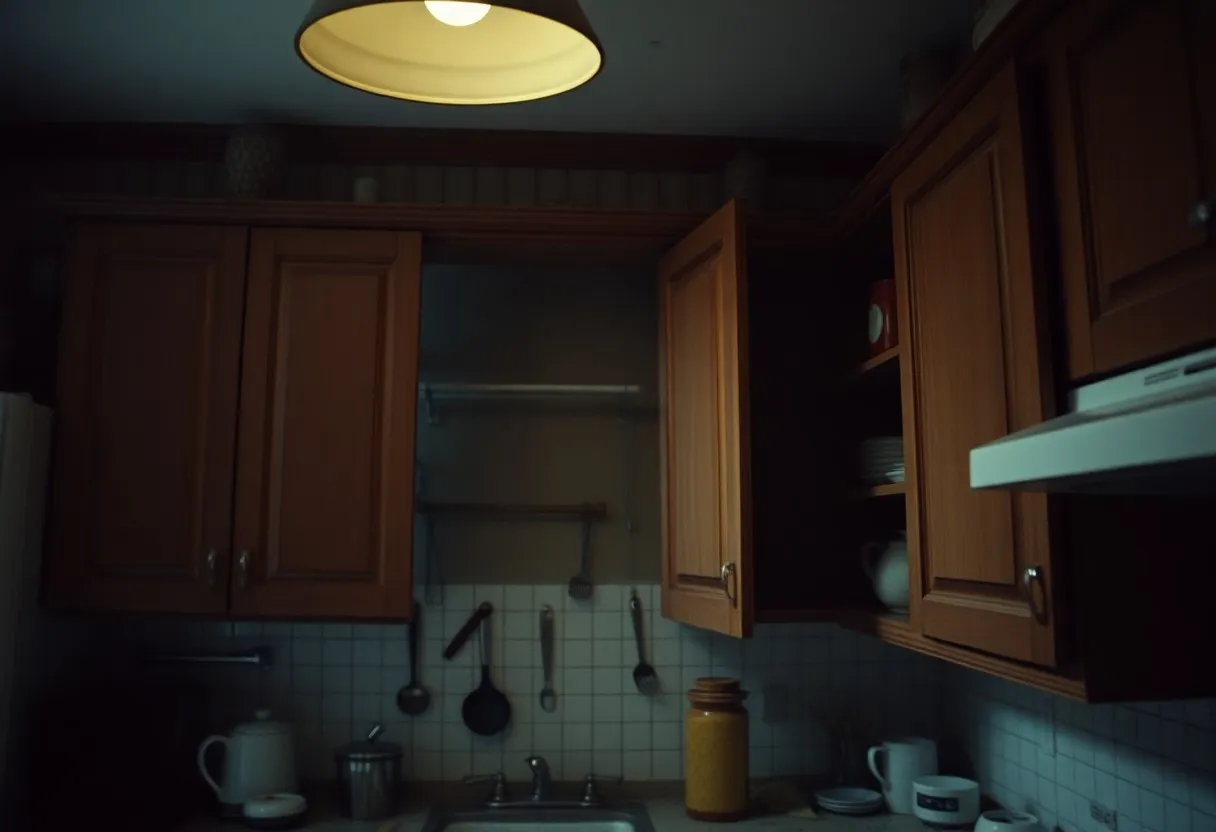
Visible and alarming signs of tilting often stem from inadequate installation, where anchors and screws fail to support the weight of the cabinets. Heavy items stored inside can exacerbate the issue, causing the cabinets to lean and increasing the risk of collapse. Inspecting for drywall dust beneath the cabinets can also indicate structural weakness. Ensure your cabinets are properly secured to avoid serious consequences.
Warning Sign 2: Cracked or Damaged Wood
Once again, it’s important to assess the health of your cabinets by checking for cracks or other signs of damage. Cracks in the wood can indicate that your cabinets are under excessive stress, potentially leading to structural failure if not addressed promptly.
Identifying Surface Cracks
On closer inspection, you should look for any visible cracks or splits in the wood veneer or panels. Pay special attention to joints and edges, as areas that experience a lot of tension are more likely to show signs of wear. If you notice these damages, it’s a signal that your cabinetry may not be able to bear their load securely.
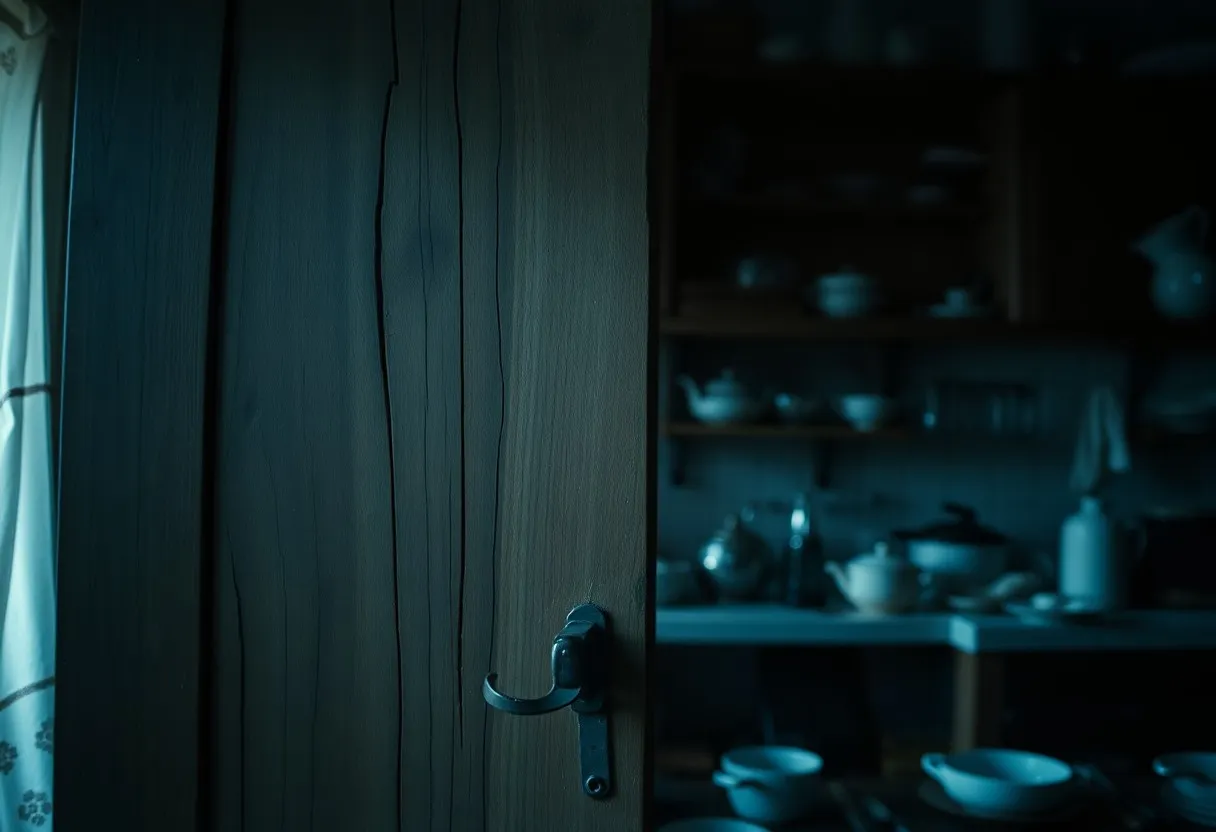
Implications of Wood Damage
Surface damage can compromise the integrity of your cabinets. Cracked wood not only detracts from the aesthetic appeal of your kitchen but also raises concerns about safety. Damaged cabinets may collapse if they are not fixed or replaced, putting you and your loved ones at risk.
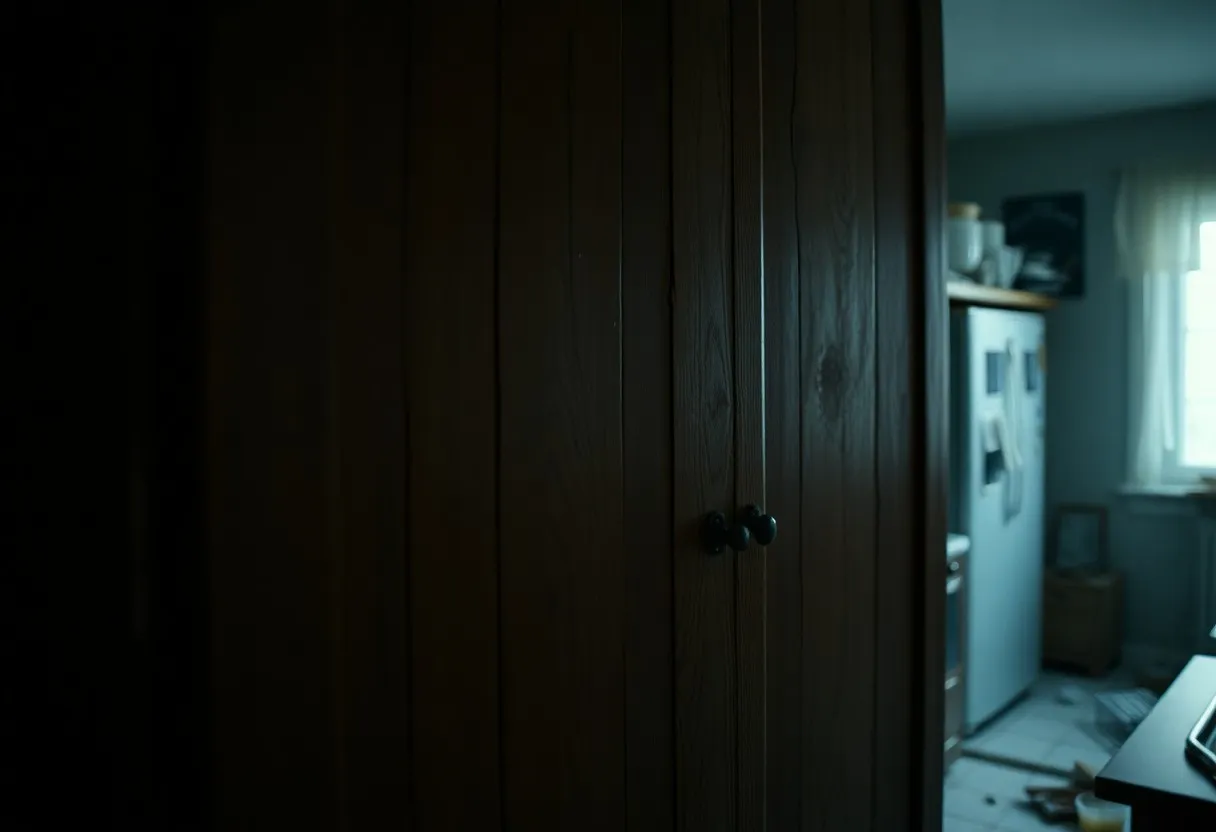
Cracked wood may also lead to further issues, such as moisture infiltration, which can cause mold or rot. Additionally, weakened cabinets could dislodge from their mounting, causing them to tilt or even fall, leading to potential injuries or property damage. Addressing these issues early can save you from expensive repairs and ensure your home remains a safe space. Always inspect your cabinets regularly and act swiftly on any visible damage.
Warning Sign 3: Doors Misalignment
After examining the overall structure of your cabinets, you may notice issues with the doors themselves. Misaligned cabinet doors can signify that your cabinets are at risk of collapsing, especially if they show considerable gap discrepancies when closed.
Recognizing Uneven Gaps
Across the front of your cabinets, take a careful look at the gaps between the doors. If you see uneven spacing or if the doors don’t close completely, this is a clear indication that your cabinet structure may be weakening. Pay attention to any doors that are noticeably tilted or seem to be sagging, as these signs often precede more serious issues.
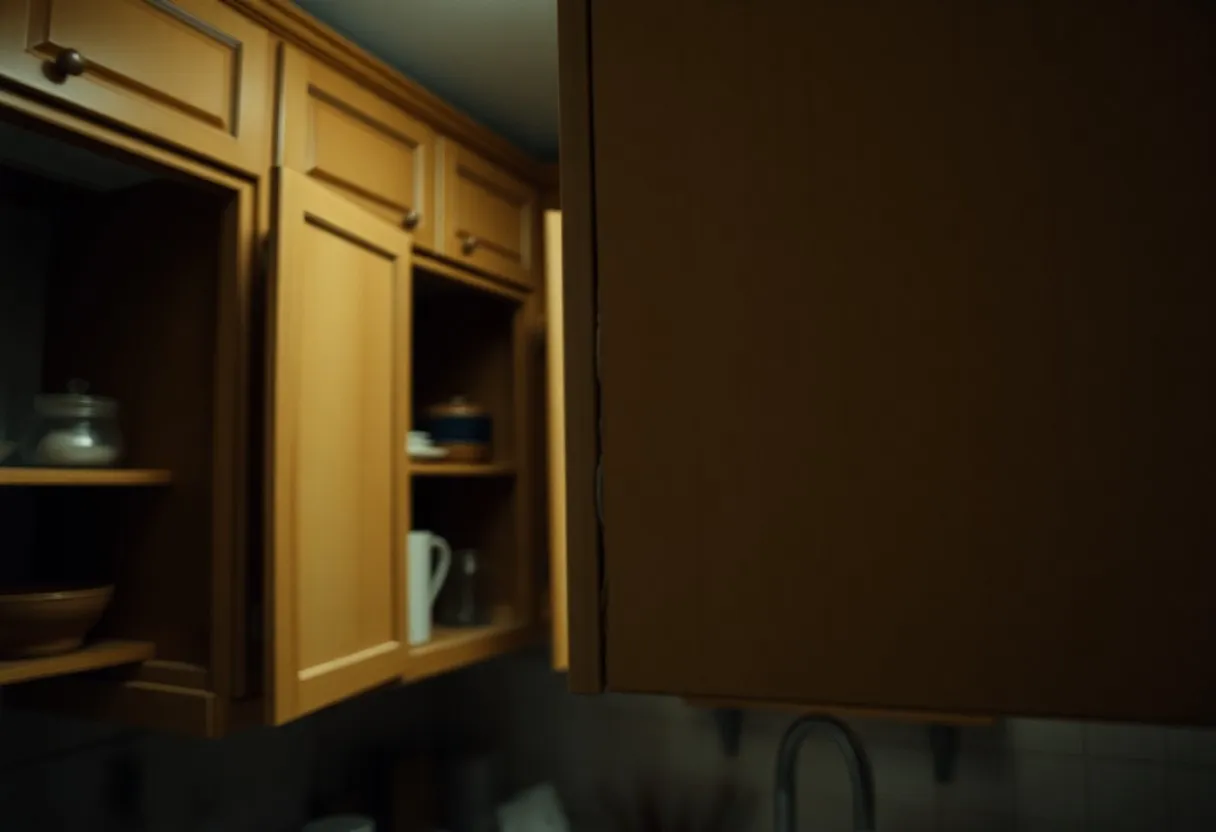
Adjustments for Misaligned Doors
With proper adjustments, you can often remedy misaligned doors and avoid further structural issues. It’s important to tackle this problem promptly to maintain the integrity of your cabinets. Start by tightening any loose screws on the hinges, and use a level to check if the cabinet itself is securely fastened to the wall.
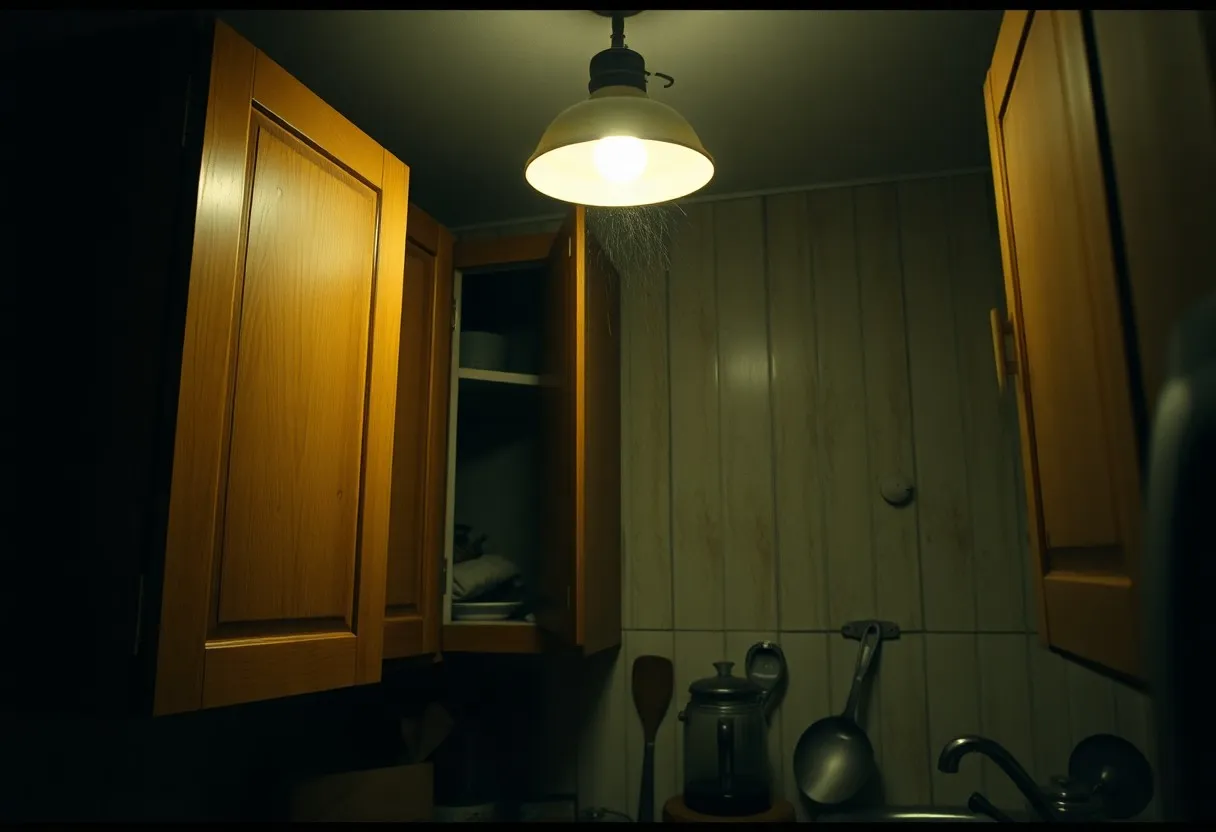
Doors can sometimes be adjusted by simply repositioning the hinges or using a screwdriver to realign them. If you notice that warping in the cabinet panels is causing the misalignment, you may need to consider re-screwing or replacing them. Failing to address these adjustments could lead to more significant risks, including potential cabinet collapse. Ensure that all components are secure and that you regularly inspect your cabinets to maintain their longevity.
Warning Sign 4: Excessive Drywall Dust
For homeowners, encountering excess drywall dust beneath your cabinets can be a clear red flag indicating potential issues with your cabinet installation. This dust typically arises from wear and tear on the wall structure, often pointing toward a weakening in the support system for your cabinets. If you notice this debris, it’s imperative to act swiftly to avoid significant damage.
Sources of Drywall Dust
For cabinets that are improperly anchored or overloaded, the stress can lead to the gradual deterioration of the drywall behind them. As your cabinets begin to weaken, this process may produce dust as particles break away from the wall structure.
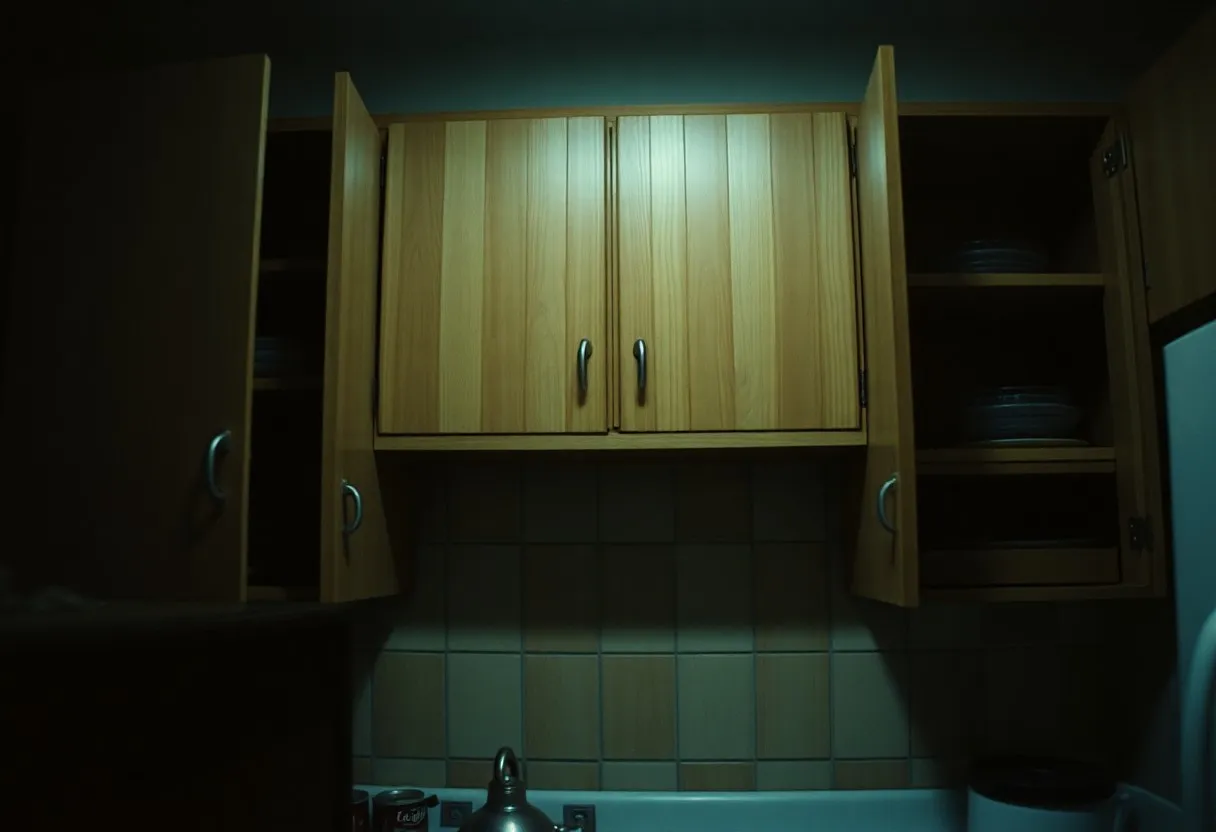
Assessing the Underlying Issues
Before you can address the problem, you need to thoroughly investigate the source of the drywall dust. Look closely at the area where the dust has accumulated; if you see signs of a cabinet tilting or pulling away from the wall, it’s a clear indication that structural instability is present. Act promptly to avoid any further harm.
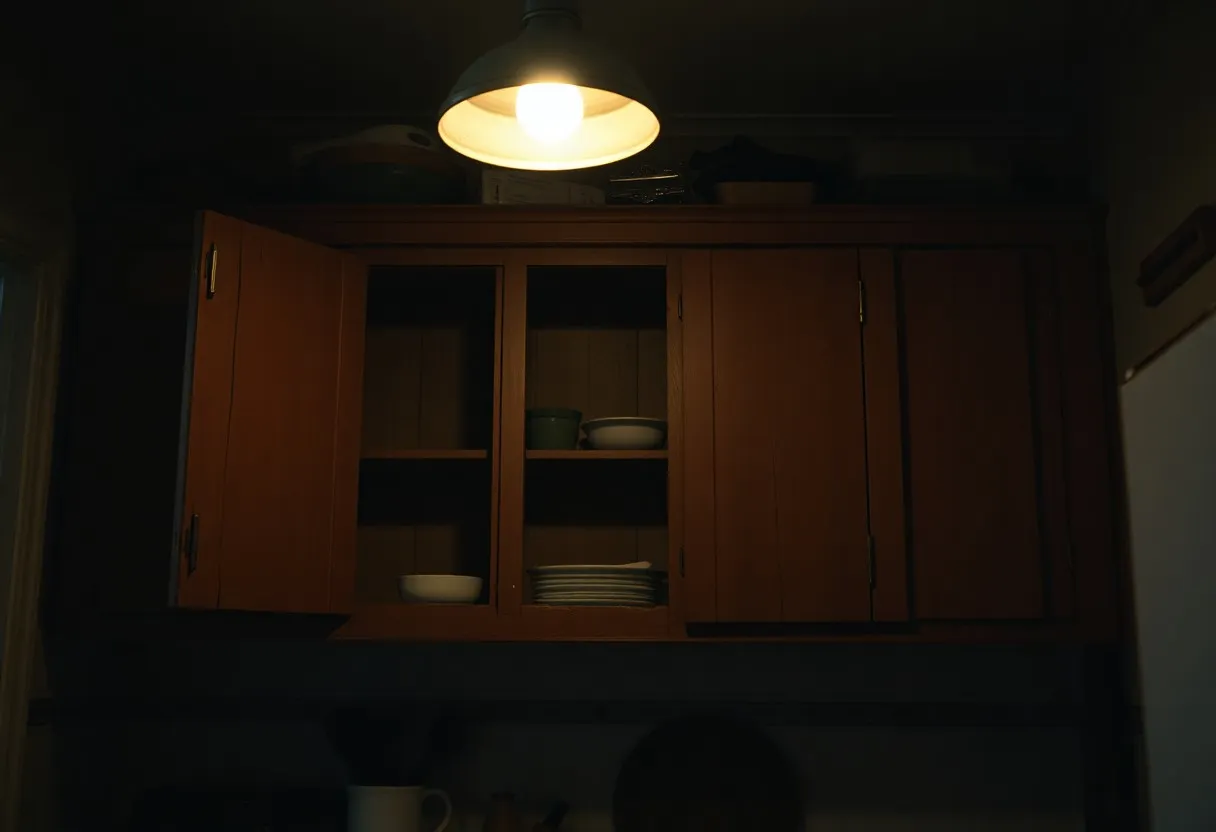
Hence, take the time to examine the integrity of your cabinets by checking for loose screws, gaps where the cabinet meets the wall, and overall alignment. If any one of these issues is evident, it may signal a deeper problem that could lead to cabinet failure. Ignoring these signs can lead to dangerous situations, including injury and costly repairs. Addressing these underlying issues early can safeguard your home and ensure your cabinets remain secure.
Warning Sign 5: Warping around Screws
Noticing warping around the screws inside your cabinets is a significant warning sign that your cabinetry may be compromised. This misalignment can occur due to improper installation or excessive weight on the shelves, which places undue stress on the materials. If left unaddressed, this can lead to further structural failure.
How to Inspect for Warping
With a careful inspection, you can identify potential warping. Open your cabinet doors and examine the areas around the screws closely. Look for any signs of bending or changes in the shape of the cabinet panels. If you notice any visible bulging or the screw heads feel loose, it’s time to take action.
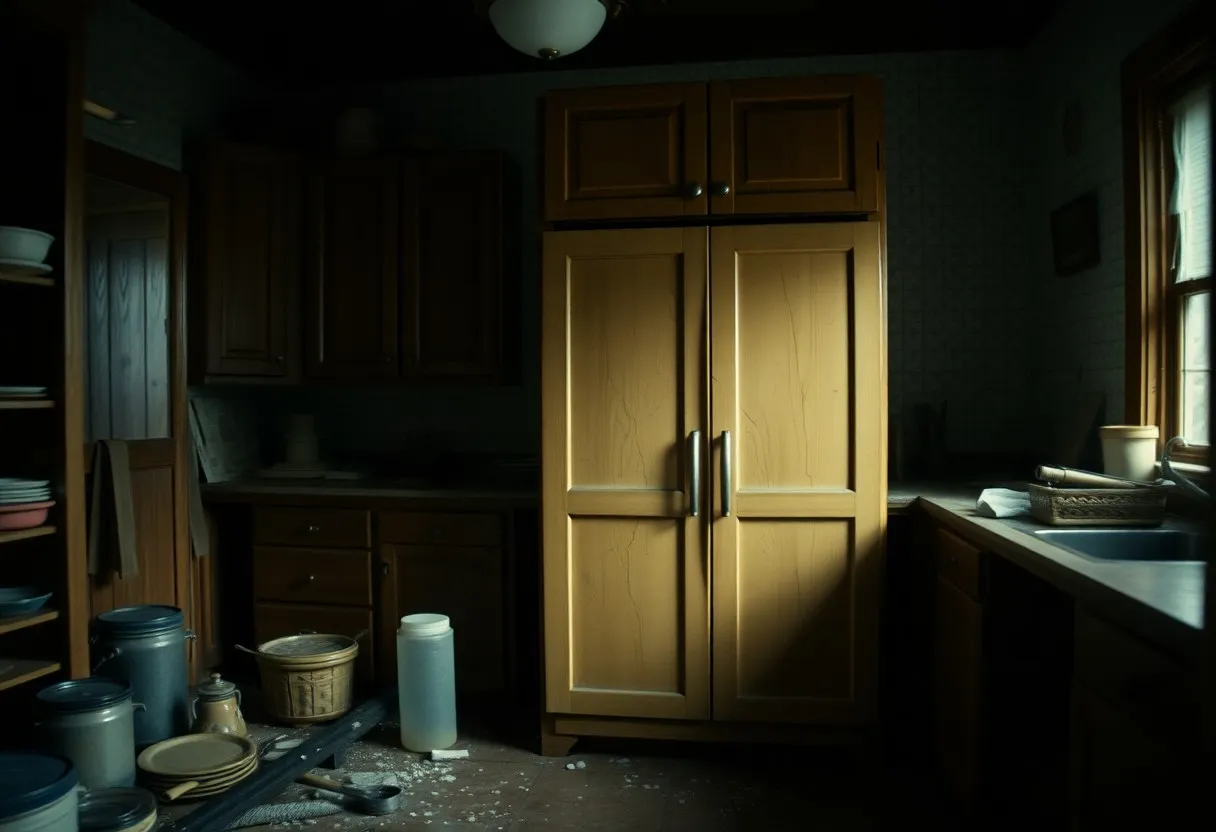
Consequences of Warping on Stability
An unstable cabinet can lead to serious safety hazards. Warping compromises the integrity of your cabinets, increasing the likelihood that they could collapse under the weight of stored items. If you ignore these signs, you risk not only damaging your possessions but also putting yourself and your loved ones in danger.

Stability plays a vital role in ensuring the safety of your home. When warping occurs, it tends to create gaps between the panels, making the structure less sound and more susceptible to collapse. This deterioration can escalate quickly, with heavier items causing further stress on weakened areas. By addressing warping promptly, you mitigate risks and enhance the longevity of your cabinetry, ensuring a safer and more functional space for your family.
Warning Sign 6: Not Securely Fastened
Your cabinets should feel stable and secure, but if you notice any signs of instability, it’s time to take action. Cabinets that are poorly fastened can lead to serious accidents, and it’s important to understand the implications of this issue.
Evaluating Fasteners and Anchors
Securely checking the fasteners and anchors is imperative to ensure your cabinets are safely mounted. Look for visible signs of damage, such as rust on screws or loose brackets, which may indicate that the fasteners are not providing the necessary support. You should also check to see if the cabinets are anchored into wall studs rather than just drywall, as the latter option is not strong enough for long-term stability.
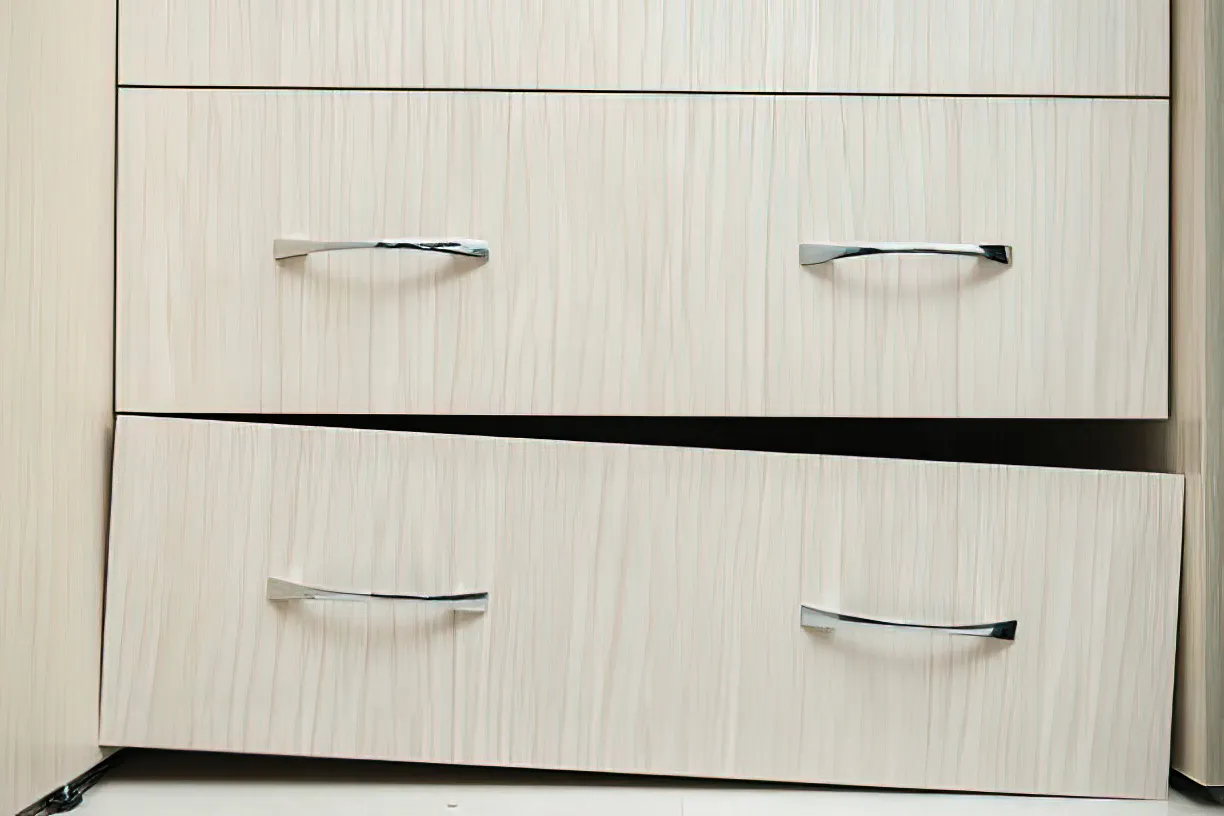
Recommendations for Reinforcement
Before you proceed with any adjustments, be sure to remove all items from your cabinets to lighten the load and promote safety. Once cleared, utilize a stud finder to identify the wall studs and reattach your cabinets using the appropriate screws and brackets suitable for their weight and the wall type.
For instance, using #10 3-inch screws and ensuring that each cabinet is anchored into the studs will significantly enhance their stability. If you find any visible gaps between the cabinet and the wall, consider using shims as necessary before securing the cabinets back in place. Additionally, applying construction adhesive in conjunction with screws can provide extra stability, making your cabinets much less likely to shift or collapse in the future.
Warning Sign 7: Overloaded Shelves
Many homeowners underestimate the impact of overloaded shelves on the stability of their kitchen cabinets. When your cabinets bear more weight than they were designed to handle, it can lead to serious structural issues, including a potential collapse. It’s vital to keep an eye on what you store and how you distribute the weight across your cabinets.
Weight Distribution Guidelines
Weight distribution is vital to ensuring your cabinets remain secure. Aim to place heavier items on lower shelves where possible and distribute the load evenly across all shelves. Cabinets should be mounted into wall studs for improved support, and shelves should not exceed their recommended weight limits.
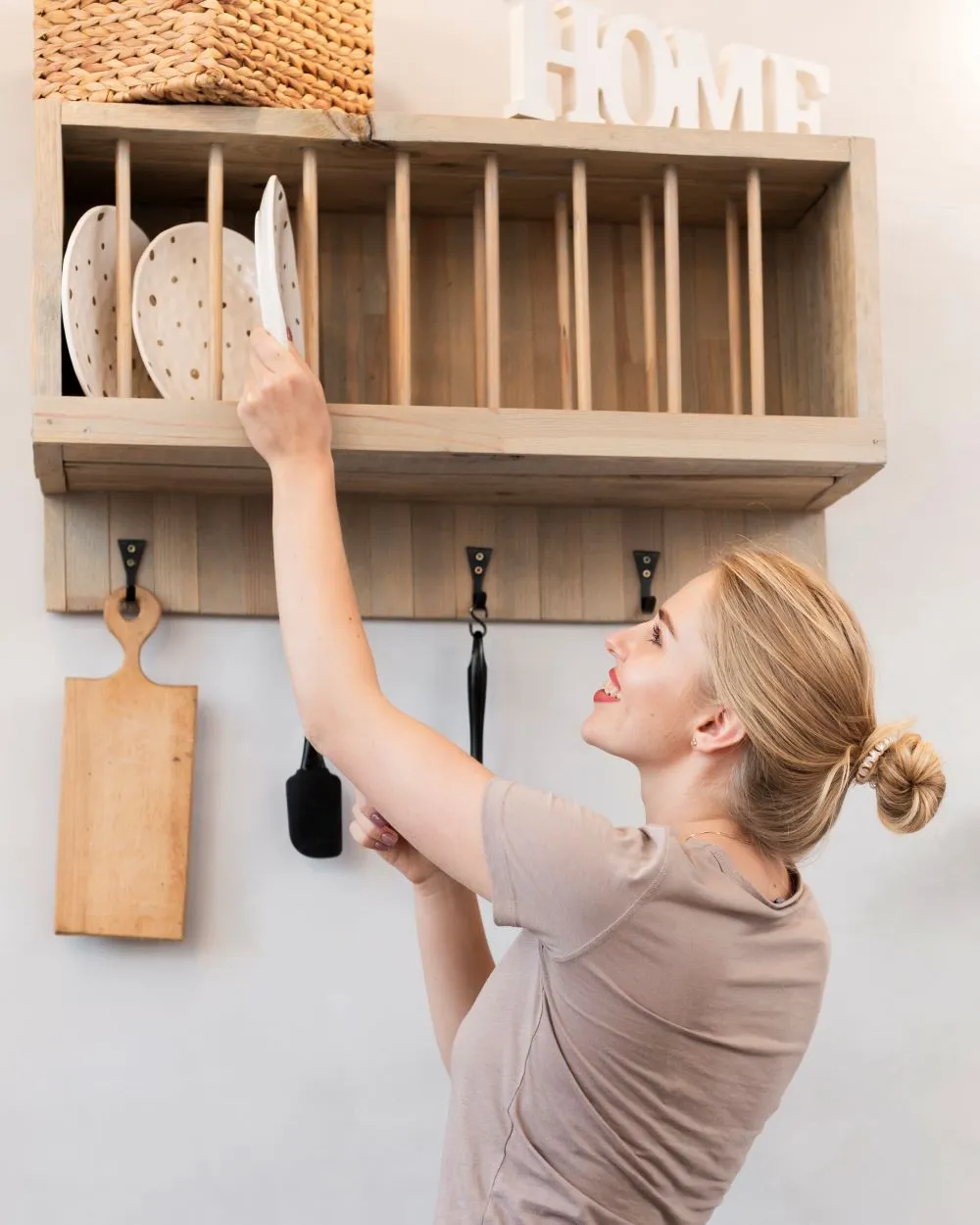
Signs of Overloading on Shelves
With wear and tear, overloaded shelves can exhibit noticeable signs of stress. Look for sagging shelves, warped cabinet panels, or even loose screws around the supporting hardware. These symptoms can indicate that your shelves are carrying too much weight, leading to further damage if not addressed promptly.
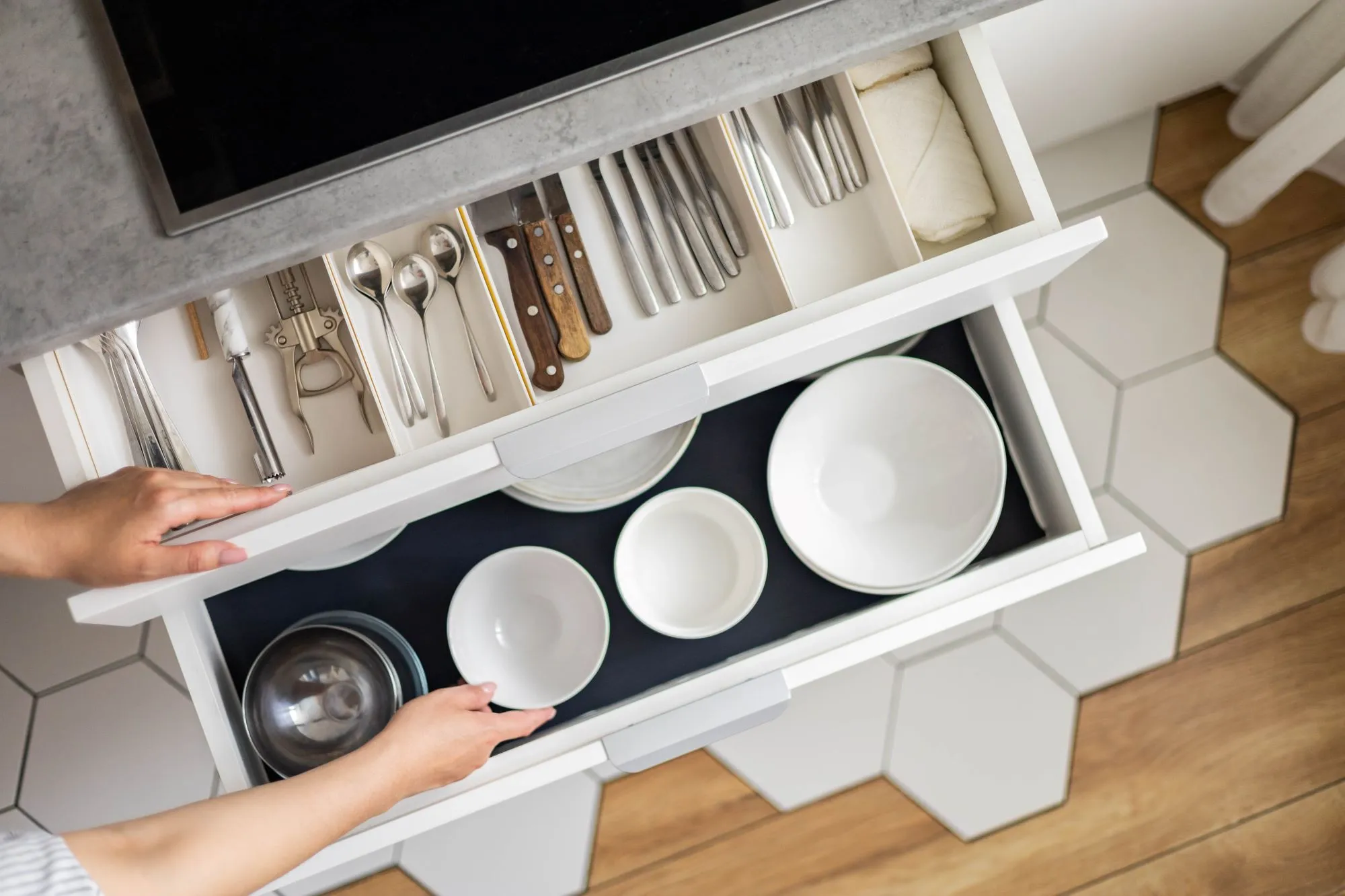
Further, if you notice drywall dust accumulating under the cabinets or tilting cabinets that seem to be pulling away from the wall, these are clear signs that your cabinets may be in danger. Storing too much on your shelves not only compromises the structural integrity of the cabinets but can also pose a serious safety risk, causing injury if a collapse occurs. Prioritize the safe arrangement of your kitchenware to protect your cabinets and your home.
Essential Tips for Homeowners
Unlike many aspects of home maintenance, ensuring the safety of your cabinets is often overlooked. However, being proactive can prevent injuries and costly repairs. Here are some imperative tips you can implement:
- Perform regular maintenance checks to identify potential issues early.
- Consider hiring professionals for repairs if you’re not comfortable doing it yourself.
- Invest in upgrading to more durable materials if your cabinets are old or damaged.
- Secure cabinets properly to wall studs to prevent accidents.
- Be mindful of the weight distribution within your cabinets.
- Use construction adhesive in addition to screws for enhanced stability.
- Act swiftly on any signs of collapse to safeguard your home and loved ones.
This will help ensure your cabinets remain safe and functional.
Regular Maintenance Checks
At least once a year, perform a thorough inspection of your cabinets. Look for signs of tilting, loose screws, or any drywall dust underneath. These indicators can help you catch issues before they escalate into serious problems.
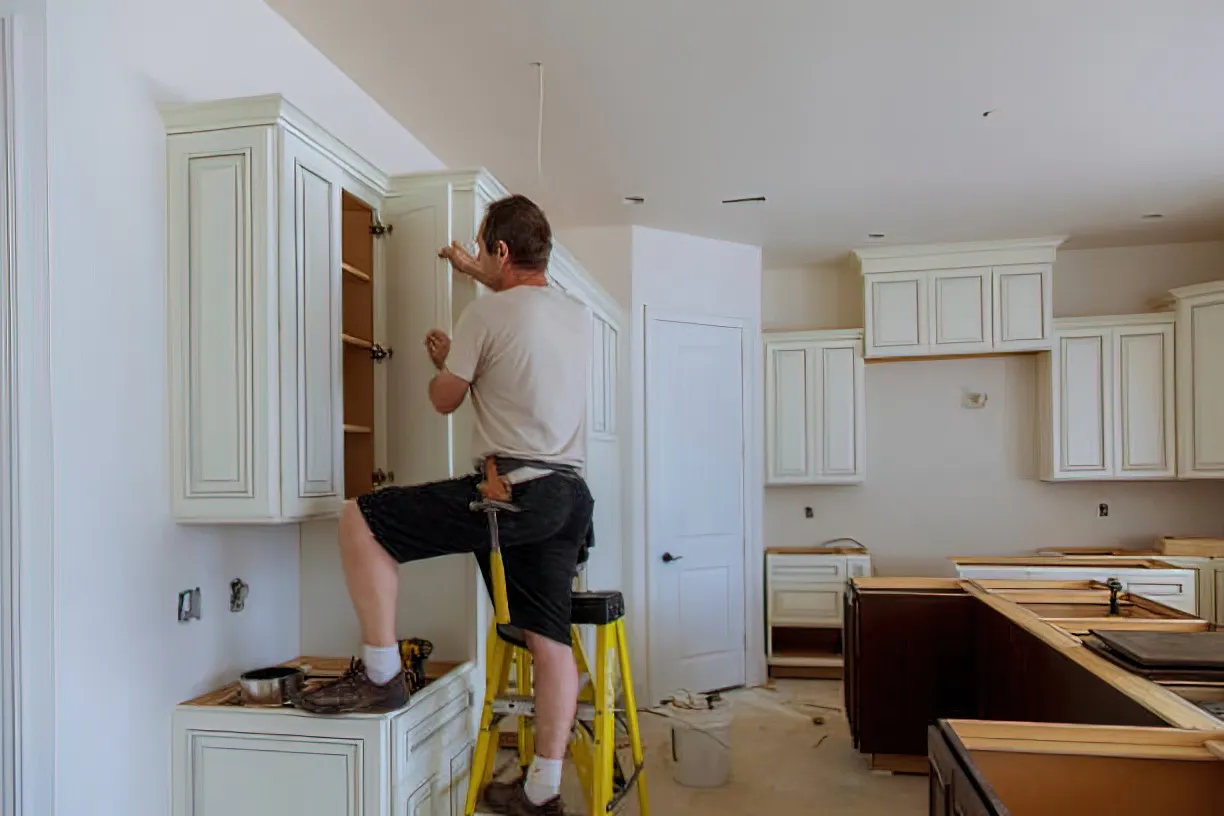
Hiring Professionals for Repairs
Against the backdrop of cabinet safety, hiring experts can save you from making critical mistakes. They have the experience and tools necessary to diagnose and address problems more effectively.
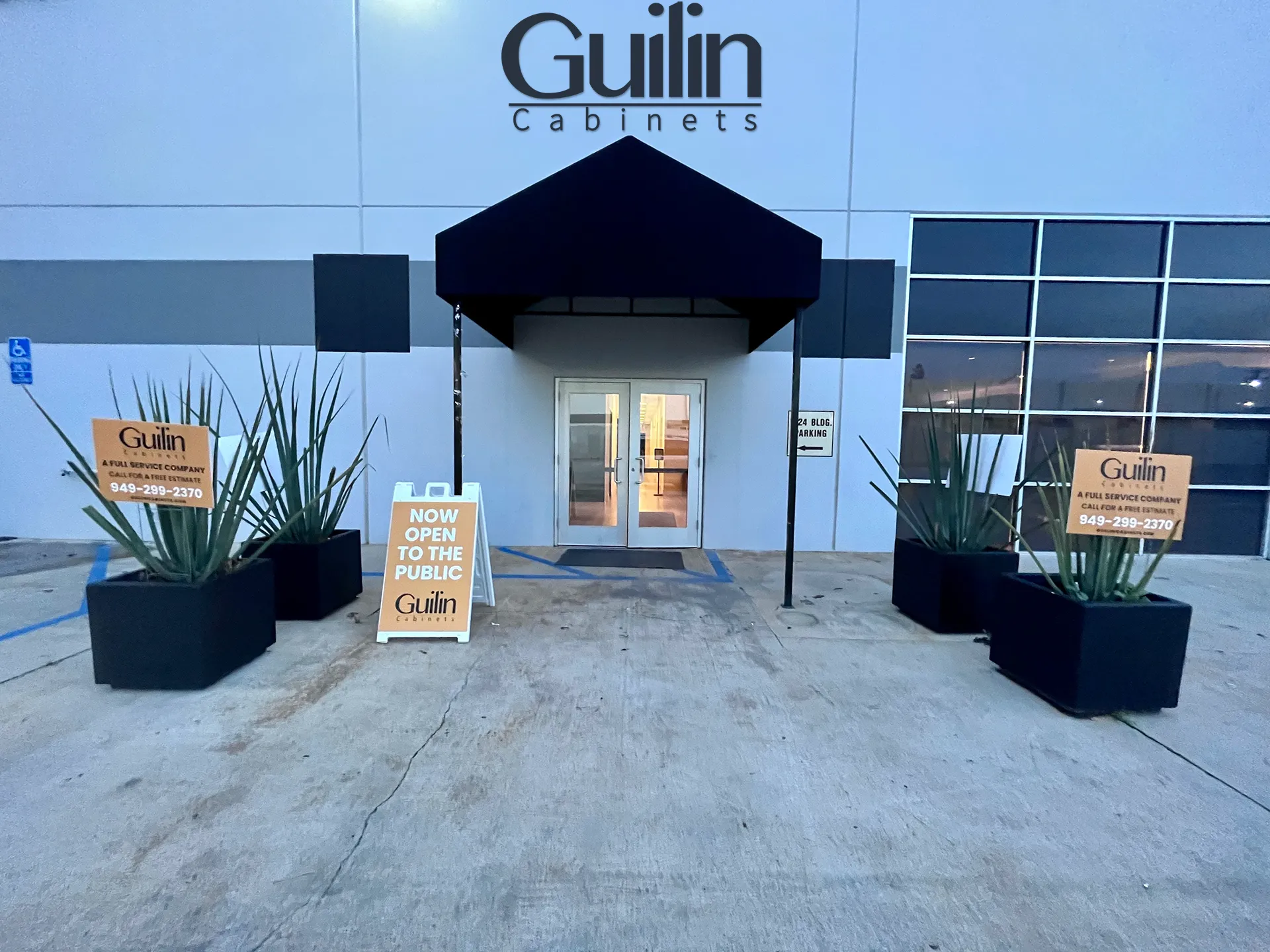
Regular maintenance by professionals ensures your cabinets are securely anchored and properly aligned, reducing the risk of collapse. Experts will inspect the hardware and materials, ensuring that all elements meet safety standards. Investing in qualified help not only secures your cabinets but may also save you time and money in the long run.
Upgrading to More Durable Materials
About your cabinet materials, investing in sturdier options can significantly enhance their lifespan. Materials like plywood or solid wood are more resilient than particleboard or flimsy alternatives.
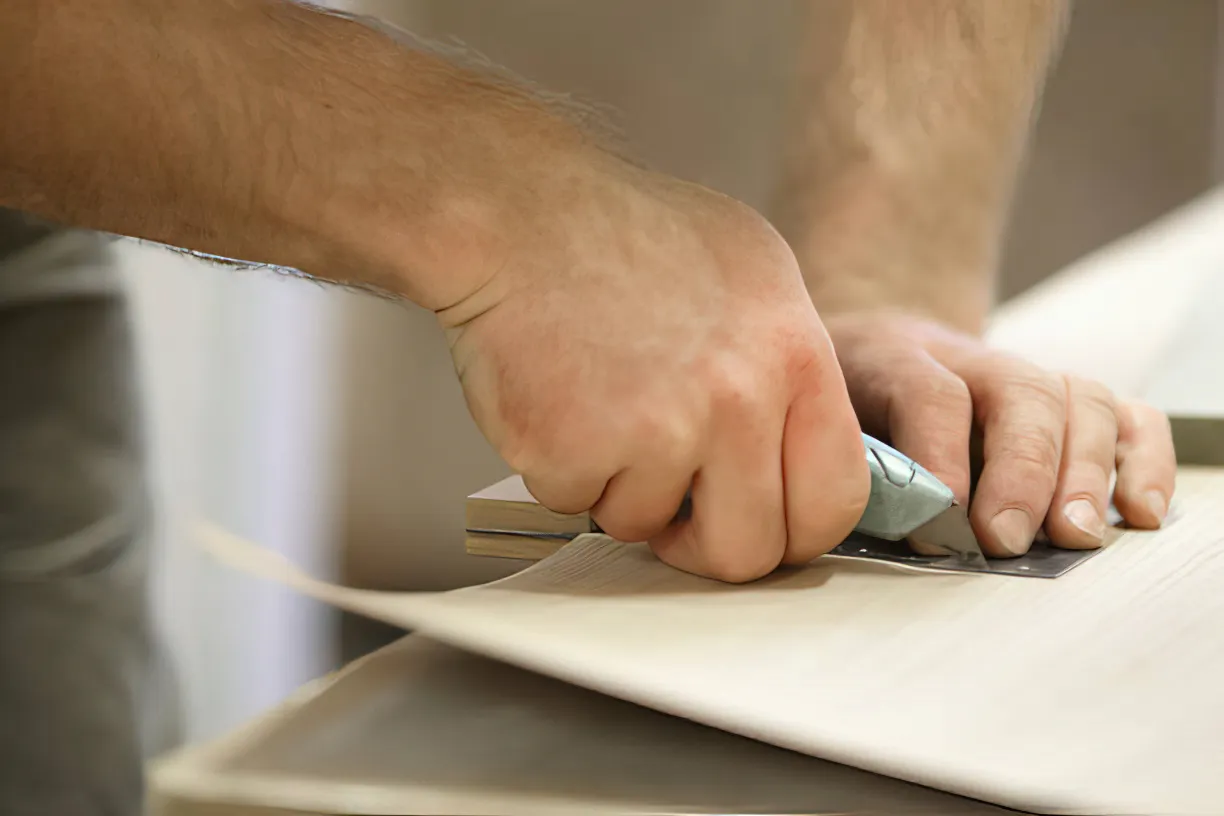
Hiring a skilled contractor to upgrade your cabinets helps ensure they can bear more weight and withstand daily use. Strong materials reduce the risk of warping, cracking, or breaking down over time. Upgrading not only protects your kitchen space but also adds long-term value to your home.
Final Words / Conclusion
Now that you’re aware of the top warning signs your cabinets are on the verge of collapse, it’s necessary to take these issues seriously to ensure your home’s safety. Keep an eye out for tilting cabinets, drywall dust, and warping around screw heads. By addressing these signs promptly and reinforcing your cabinets properly, you can prevent costly repairs and avoid accidents. If you’re unsure, consulting a professional can provide peace of mind and secure your kitchen’s integrity.
FAQs About 7 Warning Signs Your Cabinets In Danger
What are the main signs that indicate my cabinets may be collapsing?
The most noticeable signs include cabinets that tilt forward or away from the wall, visible gaps between the cabinet and the wall, and doors that don’t close properly. Other signs can be found in the form of drywall dust accumulation beneath the cabinets and warped screw heads. If you notice any of these issues, it’s time to assess the situation.
Why is it important to check the installation of my cabinets?
Proper installation is key to ensuring the weight of your cabinets is supported correctly. Cabinets improperly installed can lead to structural weaknesses, causing them to collapse. This can pose a significant safety risk to anyone in the vicinity, so installation should be done with care and attention to detail.
How can I identify if my cabinets are pulling away from the wall?
Look closely for any tilting or gap between the cabinets and the wall. You can also check the level of the cabinets using a level tool. If they appear unbalanced, it may indicate that the cabinets are beginning to separate from the wall.
What should I check inside the cabinets for signs of damage?
Inspect the screw heads and the paneling around them. Look for any warping or signs of stress in the cabinet materials. If you find cracked or broken panels or a significant amount of dust, these could indicate a deeper issue that may require immediate attention.
How do I properly secure my cabinets to prevent collapse?
To securely fasten cabinets, locate the wall studs using a stud finder. Drill pilot holes and use #10 3-inch screws to attach the cabinets directly to the studs. Ensure that screws are evenly spaced and filled in with construction adhesive if gaps exist for added support.
What should I do if my cabinets have already started to collapse?
If your cabinets are pulling away from the wall significantly, it may be best to remove them completely and reinstall them correctly. Make sure to patch up any holes left behind in the wall, and take care to follow proper installation methods during reassembly.
When is it best to hire a professional for cabinet installation or repair?
If you are uncertain about your ability to securely attach or repair cabinets, or if they show significant signs of damage, it is wise to hire a professional. An expert can assess the situation and ensure the cabinets are safely and properly installed, reducing the risk of future issues.


